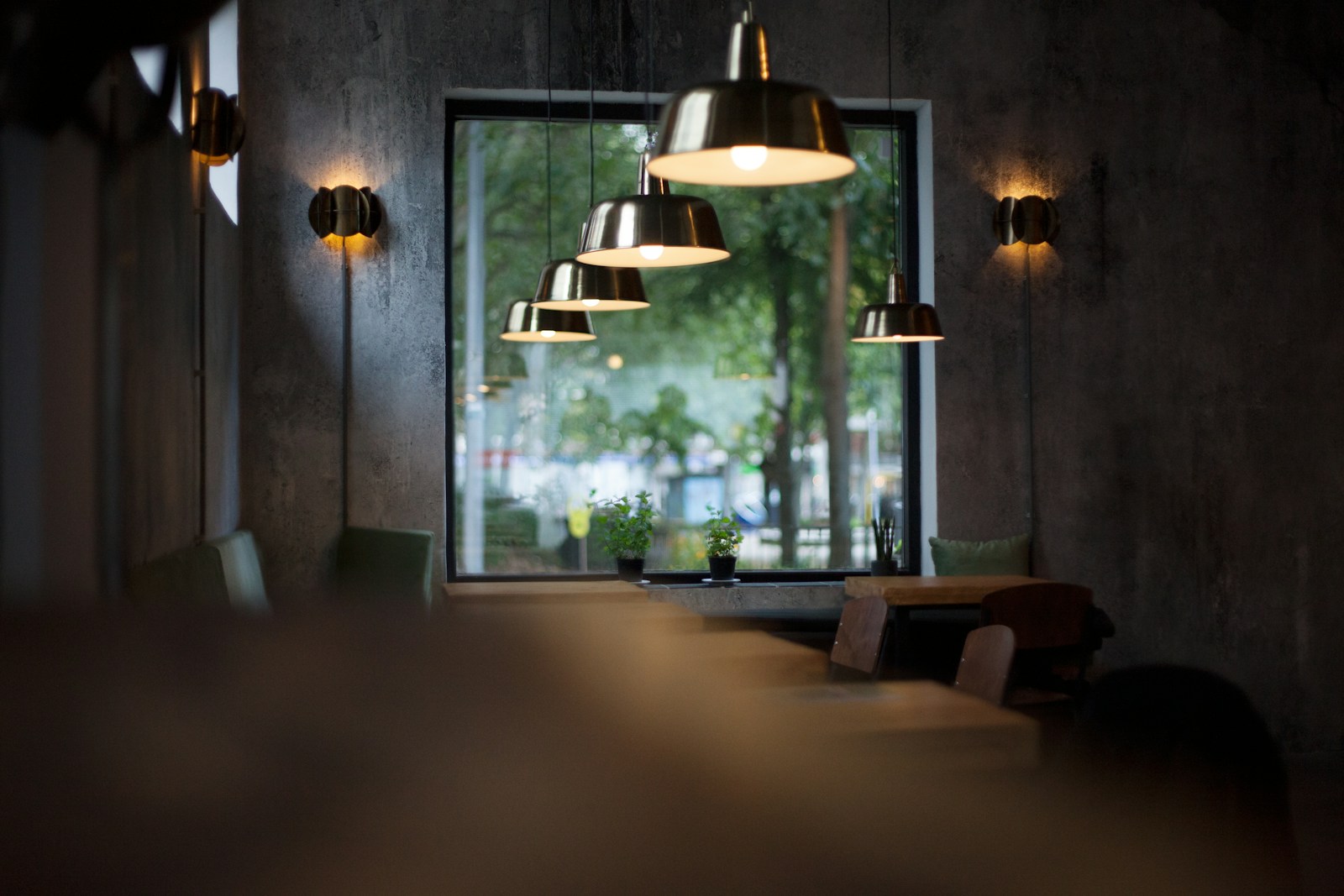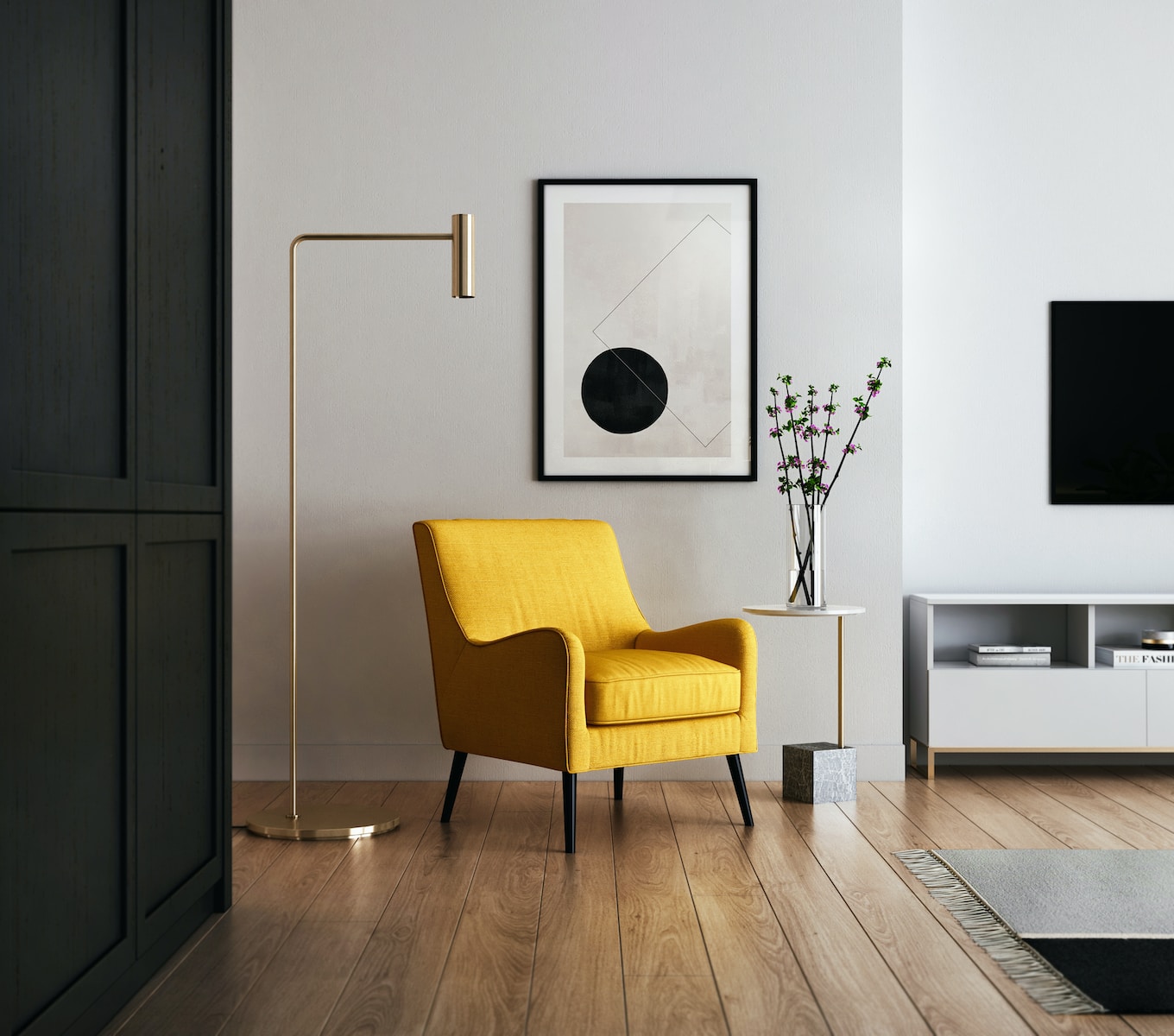Introduction:
In the realm of interior design, color is not merely a visual aspect; it is a potent tool that has the ability to influence our moods, perceptions, and overall well-being. The concept of color psychology delves into the intricate ways different colors can impact the atmosphere of a room. From soothing blues to vibrant reds, each hue carries its own set of emotions and energies. In this exploration of color psychology in interior design, we will unravel the fascinating influence that colors exert on our living spaces, and how thoughtful color choices can transform a room’s mood.
Understanding Color Psychology:
Color psychology is a branch of study that investigates how colors affect human behavior and emotions. When it comes to interior design, this knowledge becomes paramount, as the colors chosen for a space can significantly impact the overall ambiance. Let’s delve into the psychological effects of some key colors:
- Blue: Calmness and Serenity
Blue is often associated with tranquility and calmness. Lighter shades of blue can create a serene atmosphere, making it an ideal choice for bedrooms and spaces intended for relaxation. On the other hand, darker blues can convey sophistication and depth, making them suitable for areas where a touch of elegance is desired.
- Red: Energy and Warmth
Red is a color that radiates energy and warmth. It is known to stimulate conversation and increase appetite, making it a popular choice for dining rooms or spaces where social interaction is encouraged. However, it’s essential to use red judiciously, as it can be overpowering if not balanced with other tones.
- Green: Harmony and Balance
Green, symbolizing nature and growth, has a calming effect and is associated with harmony and balance. It is a versatile color that can work well in various rooms, particularly those where a connection with the outdoors is desired. Green is often used in bedrooms and living rooms to create a soothing and refreshing atmosphere.
- Yellow: Positivity and Cheerfulness
Yellow is a color that radiates positivity and cheerfulness. It can make a space feel inviting and lively, making it an excellent choice for kitchens, dining areas, and other spaces where vibrancy is desired. However, too much yellow can be overwhelming, so it’s essential to strike a balance.
- Neutral Tones: Simplicity and Timelessness
Neutral tones such as whites, grays, and beiges create a sense of simplicity and timelessness. They serve as a versatile backdrop for other colors, allowing for flexibility in design. Neutral tones are often used to make a space feel airy, open, and uncluttered.
Creating Mood and Atmosphere:
Now that we have a basic understanding of the psychological effects of colors, let’s explore how to use this knowledge to create specific moods and atmospheres within different rooms of a home.
- Consider Room Function:The function of a room should guide your color choices. For example, bedrooms benefit from calming and soothing colors such as blues and greens, while energizing colors like reds and yellows may be suitable for a home office or exercise room.
- Balance and Contrast:Achieving a sense of balance in color choices is crucial. While monochromatic color schemes can be elegant, incorporating contrasting colors adds visual interest without overwhelming the senses. Consider using the color wheel to find complementary or analogous color schemes that resonate with the mood you want to create.
- Natural Light:The amount and direction of natural light in a room can significantly impact how colors appear. A color that looks vibrant in a room with ample natural light might appear dull in a space with limited sunlight. Consider the orientation of windows and the time of day when choosing colors for a room.
- Personal Expression:While color psychology provides valuable guidelines, personal expression is equally important. Your home should be a reflection of your personality and style. Don’t be afraid to experiment with colors that resonate with you, even if they deviate from traditional recommendations.
Case Studies and Examples:
To further illustrate the transformative power of color psychology in interior design, let’s explore a few case studies and examples of real-life spaces that have successfully leveraged color to create specific moods:
- The Serene Bedroom Retreat:In a master bedroom, a calming and serene atmosphere was achieved by using a palette of soft blues and greens. These colors not only promote relaxation but also create a cohesive and inviting environment. The addition of natural textures and materials further enhances the connection to nature, reinforcing the sense of tranquility.
- The Energetic Home Office:A home office designed for productivity and energy utilized a combination of vibrant reds and yellows. These warm tones stimulate creativity and motivation, making the workspace conducive to focused work. The addition of neutral tones in furniture and accessories prevents the space from becoming too overwhelming.
- The Timeless Living Room:A neutral color palette was employed in a living room to create a timeless and sophisticated atmosphere. Shades of white, gray, and beige serve as a backdrop for elegant furniture and art pieces. The neutral base allows for flexibility in decor, enabling the homeowners to easily update the space with seasonal accents.
Conclusion:
In the intricate dance between colors and emotions, interior design emerges as a powerful art form. The utilization of color psychology allows designers and homeowners alike to shape the mood and atmosphere of their living spaces intentionally. Whether you’re seeking a tranquil retreat, an energetic workspace, or a timeless living area, the colors you choose play a pivotal role in bringing your vision to life. Experiment with different palettes, embrace the psychology of color, and watch as your living spaces undergo a remarkable transformation, becoming not only visually appealing but also emotionally resonant. In the symphony of hues, let your home be a masterpiece that reflects your unique style and enhances your well-being.




